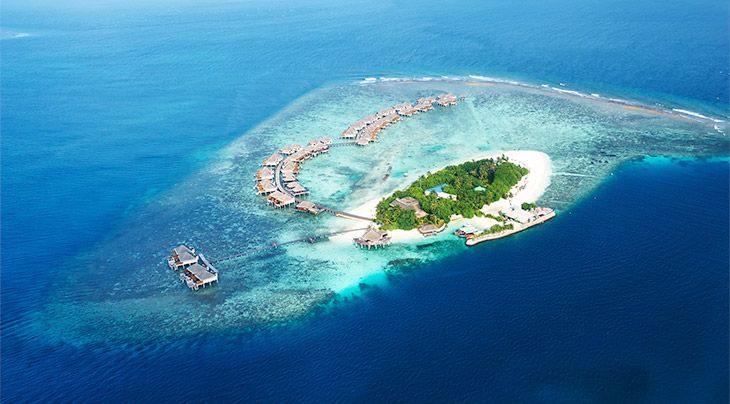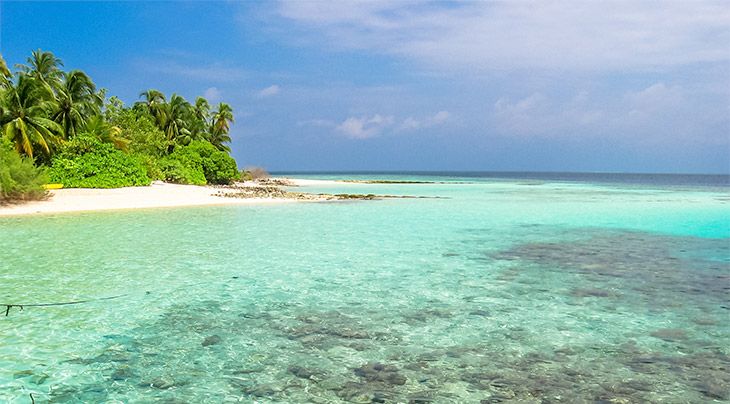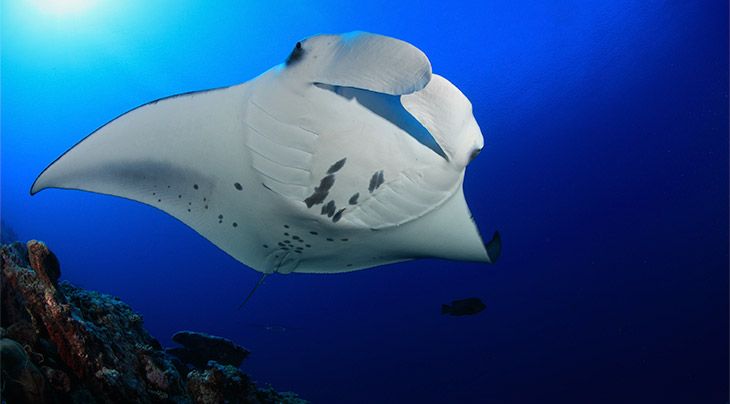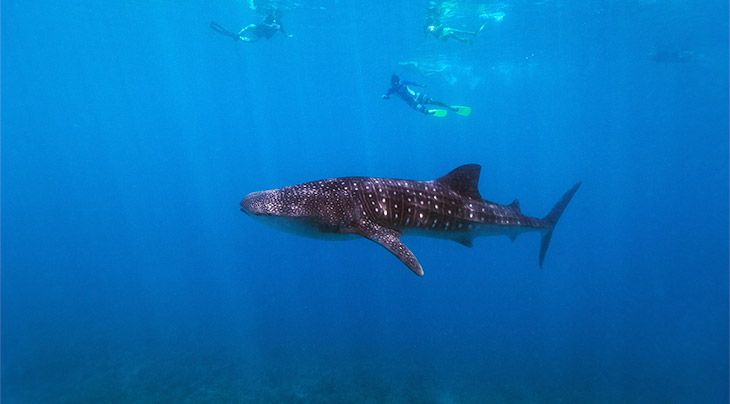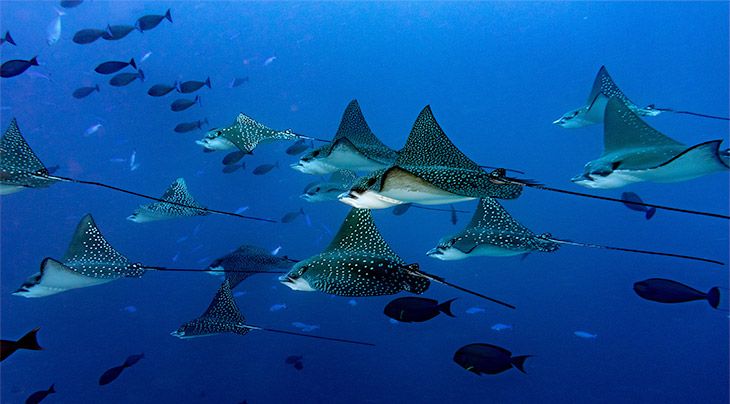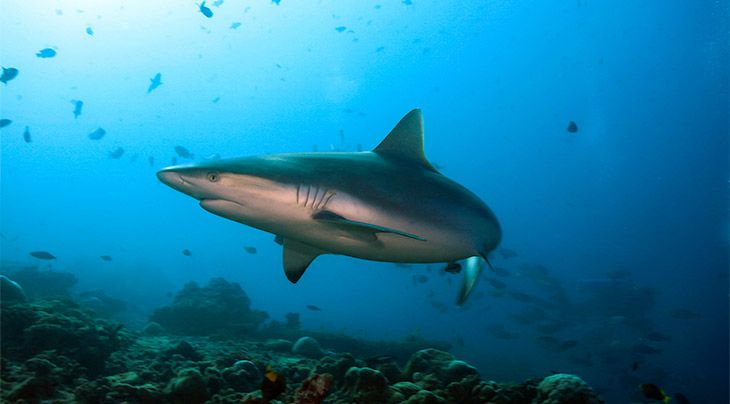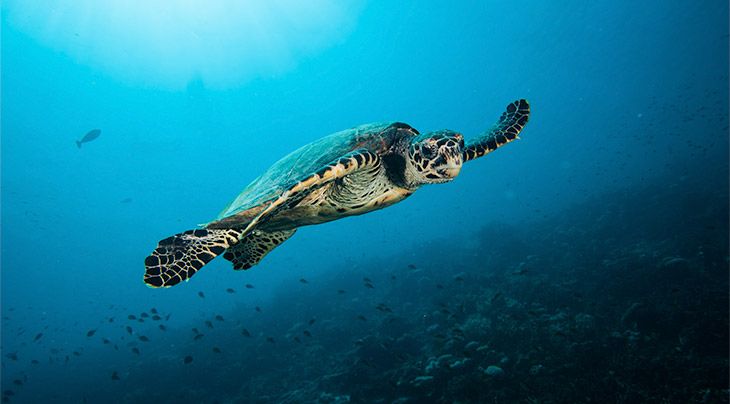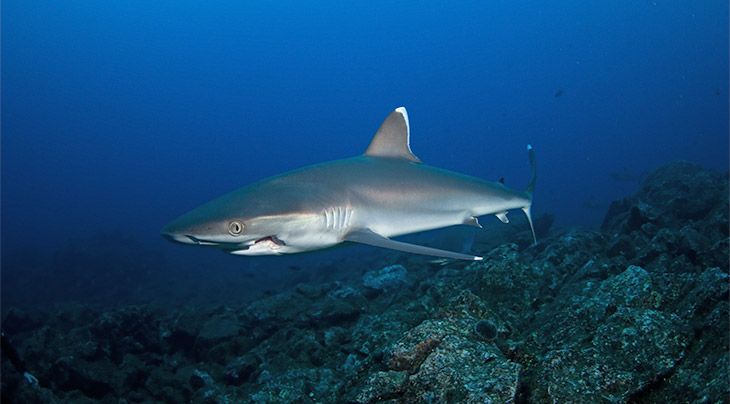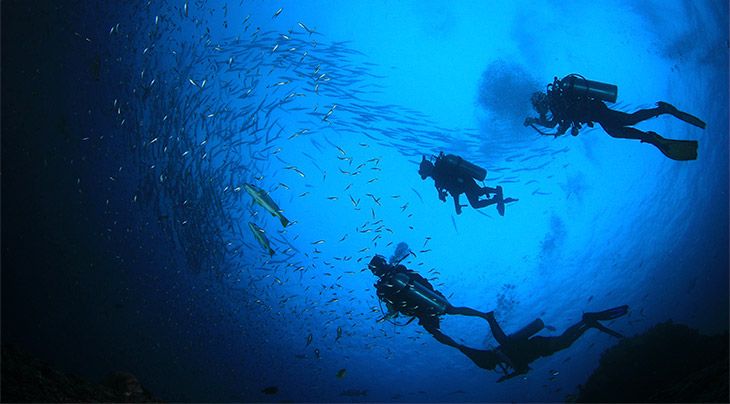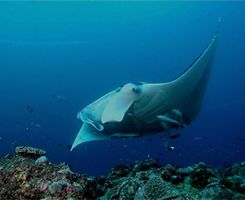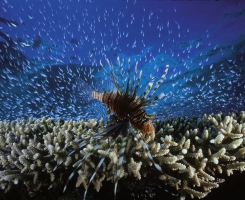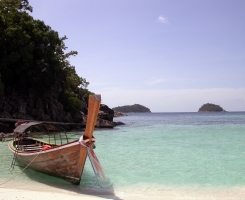- More More
- Blog
- Inspire me
- Groups
- Offers More
- Dive Courses More
- Liveaboards
More

Liveaboard Trips
On-board accommodation offering the opportunity to live right over the dive sites and to experience secluded dives...
Diving regions...
- LATEST AVAILABILITY BY REGION
- Red Sea availability
- Maldives availability
- Indonesian availability
- Socorro Mexico availability
- Galapagos availability
- ALL LIVEABOARD DIVING REGIONS
- Bahamas
- Bikini Atoll
- Caribbean
- Cocos Island
- Destinations
MoreDIVING REGIONS...
Our Top destinations....Why not try....
Find a trip
- Resort
- Liveaboard
Maldives
Maldives Facts...
Area: 298 km²
Population: 338,000
Language: Dhivehi, English
Time: GMT + 5
Electricity: 240v AC, 50Hz
Plugs: Mainly 3-pin UK style
Find your perfect Maldives liveaboard adventure >
Enjoy the best of both worlds, above and below the water >
The image of the Maldives fixed in most visitors' memories is an aerial view of an open ocean interspersed by tiny islands surrounded by beautifully patterned lagoons, beaches and reefs.
The amount of land that lies above sea level in the Maldives represents only a tiny fraction of the country’s overall land mass, most of which lies below sea level. The islands of the Maldives are the visible coral tips of an oceanic volcanic mountain range whose outer edge at some points plunge to depths of over 3000m. Deep channels separate 26 atolls that run from Haa Alifu in the North over 800 nautical km to Addu atoll in the South.
The relative isolation of the Maldives, far from any landmass, has led to a fabulous variety of marine species. Seasonal oceanic currents flowing through the country have forged channels from the open ocean into all the atolls. These channels, or Kandu in Dhivehi, concentrate plankton rich waters into and out of the atolls, which in turn support an incredibly rich marine ecosystem. Once inside the atoll, reefs, sandbars, islands and lagoons have evolved over millennia forming the habitat and nurseries for many of the reefs inhabitants.
Seasons and Diving
There are two distinct seasons in the Maldives:-
1. December to April
The North East monsoon from December through to April represents the Maldivian summer and is generally characterised by drier conditions and a current flow that runs from the North East through the atolls, exiting out to the South West.
Visibility on the eastern sides of the atolls is excellent through the North East monsoon. The current is typically faster at the start of the monsoon and decreases in power as the season progresses. Water temperatures remain fairly consistent at around 28° centigrade. Although the visibility drops on the western sides of the atolls during the North East season, divers are more likely to encounter Manta Rays and Whale Sharks on this side of the atolls during this period.
2. May to December
The South West Monsoon from May to December shifts the focus on diving to the western sides of the atolls. The current flows from the South West through the atolls exiting out to the North East.
Dive sites in the west experience wonderfully clear visibility and slightly cooler water temperatures, attracting many of the shark species closer to the surface. During the South West season Manta Rays and Whale Sharks will typically only be found off the Eastern edge of the atolls. Sea conditions can be rougher and there is a slight increase in rainfall over the South West season. The diving remains superb.
Equinox Months - May and November
The two equinox months of May and November mark the transition of the Monsoon. Currents can be changeable and there is a higher chance of less predictable surface and in water conditions, with confused currents and changing visibility.
It must be noted, however, that recent years have shown less predictability in the timing of the change of seasons. It is therefore always worth the gamble to travel during these less expensive months if high season in the Maldives is out of your reach.
Atolls, Reefs, Kandus and Thilas
The Maldives boasts an incredible number of dive and snorkel sites. With the development of previously inaccessible areas, new dive sites are being established in Atolls ranging from Huvadhoo in the south to Haa Alifu in the North.
The diverse nature of dive sites in the Maldives makes it suitable for divers of all experience levels, if you choose the right island. Within each atoll there are sheltered reefs located away from fast flowing currents that are suitable for less experienced divers. By contrast, experienced divers will enjoy some of the best drift dives in the world. Channels in to the atolls generate fast tidal flows, which in turn attract many of the shark, ray and fish species for which the Maldives are renowned.
House Reef diving: Most pre-paid unlimited daily dive packs in the Maldives are sold on the basis of diving from the island's house reef. This relies on you diving with a buddy, unguided. Due to the nature of the depth and sometimes challenging dive sites, most dive centres insist on a minimum of around 40 logged dives to make the most of this dive pack, or you may pay for a guide locally. Entering and exiting at designated points on the reef in the areas safe for diving, the dive centre will give daily advice on which dive points are safe, what the currents are doing and the team assists with the kit.
Boat diving: Every island in the Regaldive programme provides an excellent and varied range of boat dives. The dive centres are great at managing divers of different abilities and running boat trips to suit each level of experience, which are guided. You pay a 'boat ride' supplement locally on top of any pre-paid dives for as many times as you choose to dive from the boat.
Tailormade Holidays, group trips and Twin Centres
We offer tailormade holidays to the Maldives. This means that we can organise your holiday based on your requirements.
Why not join marine conservationist Danny Copeland on our Manta Ray Extravaganza and snorkel with hundreds of reef manta rays at the peak of their aggregation at Hanifaru Bay a UNESCO Biosphere Reserve.
We can also offer a twin centre option of a liveaboard and island based holiday in the Maldives. Alternatively, many guests choose to combine the incredible sights in Sri Lanka with either an island or liveaboard in the Maldives. Contact us for more information.
Looking for a Liveaboard? Click here for Maldives Liveaboards
Maldives Islands

South Maldives Atolls
Discover the remote Southern Maldives, where liveaboard adventures offer world-class drift dives, shark encounters, and vi...
VIEW DETAILSBoutique Beach - Dhigurah Island
Boutique Beach is located on Dhigurah Island at the southern tip of Ari atoll and well-known for whale shark encounters....
VIEW DETAILS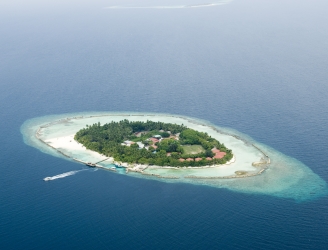
Ellaidhoo Island
Located in North East Ari Atoll, Ellaidhoo island combines a relaxed atmosphere with a high standard of accommodation and ...
VIEW DETAILS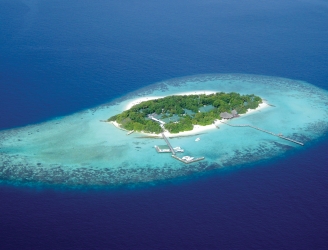
Eriyadu Island
Eriyadu is a perfectly formed divers island, boasting a fine white beach and an excellent house reef that wraps around the...
VIEW DETAILS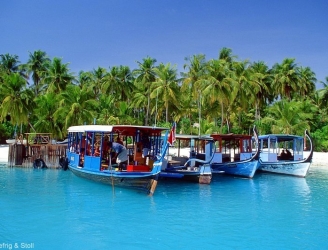
Filitheyo Island
Filitheyo is located on the eastern side of North Nilandhe atoll, and currently benefits from being the only resort in the...
VIEW DETAILS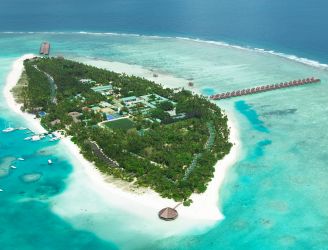
Meerufenfushi Island
Meeru Resort is the eastern most resort of North Male atoll and a scenic 55 minute speed boat trip from Male airport on th...
VIEW DETAILSVilamendhoo Island
Located on the Southeast corner of Ari atoll, Vilamendhoo lies in the heart of some of the most thrilling dive sites in th...
VIEW DETAILS
Reethi Beach Island
Located on the North Eastern edge of South Baa atoll, Reethi Beach combines a fine house reef with a remarkable selection ...
VIEW DETAILSThulhagiri Island
Thulagiri is a small island located in the middle of North Male atoll, just 25 minutes by speedboat from Male and the airp...
VIEW DETAILS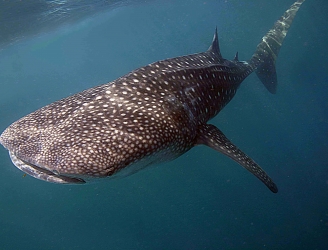
Angaga Island
Located in the middle of South Ari atoll, Angaga benefits from a beautifully natural atmosphere and one of the finest beac...
VIEW DETAILSMedhufushi Island
Medhufushi features an exceptionally beautiful lagoon which is ideal for learning to dive. The lagoon is also great for sw...
VIEW DETAILS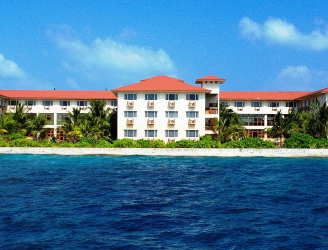
Hulhule Airport Hotel
This hotel offers a convenient day use and overnight service if you have a long wait on arrival or departure of your inter...
VIEW DETAILS
